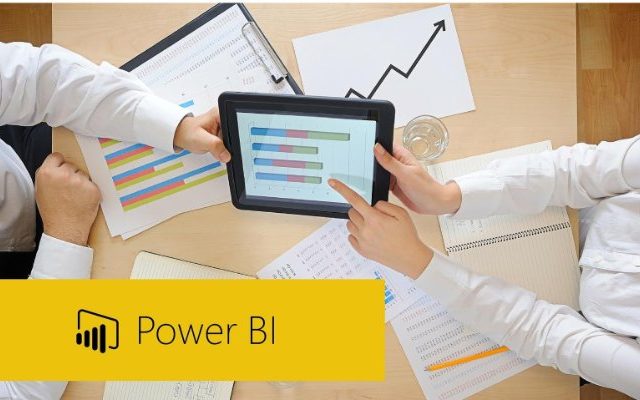In one of our last posts, we talked about the advantages of choosing a cloud BI provider. But, with so many emerging solutions providers, how do you choose a qualified vendor that can meet your business needs?
One of the options that is gaining traction is Microsoft Power BI, a cloud-based solution that combines connectively with multiple sources and integration with familiar Microsoft products. Let’s detail four reasons why the Microsoft Power BI stack has an edge over other BI tools currently available on the marketplace:
- Users can easily leverage other data sources.
The typical deployment of Microsoft services is at a larger scale than other vendors in the BI space, meaning a much higher number of end users. Since Power BI has shifted to a cloud-based and stand-alone framework, it is more easily integrated with existing data such as that found in SQL Server cubes. Businesses can access and gain insights from their existing data (which is often massive) without the need to move this data. This cuts down on operational time while making the actual analytics process more streamlined.
- Streamlined (and sharable) dashboards bring together multiple views and data.Microsoft Power BI has an attractive blend of technical strength to handle multiple large data sets combined with visually-based and functional dashboards. The dashboard for Power BI can mix on-premises and cloud-residing data in a consolidated and single view that can offer a wide range of metrics about an organization. For an example, look at the “Customer Profitability Sample” dashboard, which provides numerical and graphical information that immediately gives the viewer the details they require to make decisions. Profitability trend charts can be compared to total revenue figures and gross margin to inform marketing, finance, and/or sales department actions. Power BI is consistently updated, and includes visualizations including fill maps, gauges, tree maps, and funnel charts.
- Balanced pricing models, including a “freemium” option.There is a freemium model for Microsoft Power BI which includes Power BI Designer and a limited amount of per-user data storage. A “pro” option provides greater storage for $10 per user per month along with enhanced collaboration, faster data refreshing, shared data queries, and control over organization content packs. It also offers flexibility for enterprise users with the Power BI Gateway that enables IT departments to build central gateways to accommodate the specific needs of large user bases. This is ideal for users that require real-time data, as the IT staff can maintain a group of gateways to consistently refresh the data, instead of requiring each users to install their own Power BI Gateway-Personal.
- Excel and familiarity of use with the Microsoft suite.Excel is used by firms of any size to manipulate data and present findings through graphs and charts, or simply on a spreadsheet. It’s this widespread adoption of Excel that builds a platform for Power BI and is helping it gain market share in the BI field. This article in CIO even states Power BI is becoming “the future of Excel”, saying Excel is a programming environment, where Power BI adds visualizations and enhanced capabilities.
Companies that choose Power BI often are dealing with high volumes of data which is held in Excel and can be prepared through tools such as Power Pivot and Power Query. And in turn, this information can be easily shared through Office 365 and SharePoint.
Have questions about implementing the right BI solution for your business? Talk to an expert consultant at TechBlocks about the benefits of the Microsoft Power BI platform.
Article by channel:
Everything you need to know about Digital Transformation
The best articles, news and events direct to your inbox
Read more articles tagged: Featured






